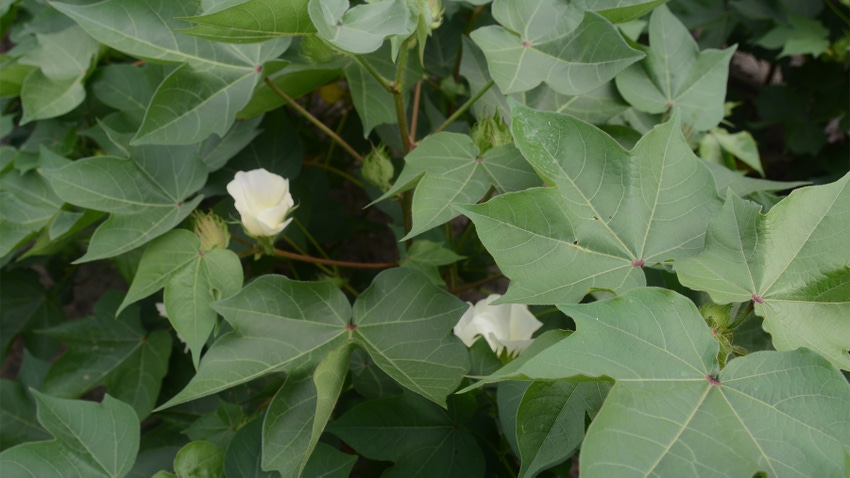
Plant bugs are the top insect problem facing North Carolina cotton farmers and now must be managed throughout the state.
At winter cotton production meetings across North Carolina this year, North Carolina State University Extension Entomologist Dominic Reisig stressed that cotton farmers need to scout for plant bugs. He recommends they hire professional consultants or scouts to help them with this important job.
At a cotton meeting Feb. 15 at the Eastern Carolina Agricultural and Education Center in Rocky Mount, Reisig urged farmers to take advantage of the selectivity and broad-spectrum nature of insecticides to help preserve beneficial insects in cotton.
Reisig cited research conducted by his colleague at N.C. State, Anders Huseth, that examined the impact of various pesticide programs on beneficial insects, which act as true predators in the system. “We’ve devised a system where we think we can selectively spray these insecticides based on the expected number of sprays on your farm, and when these plant bugs are showing up in the system.”
Insecticides and timing
First, Reisig encourages them to use the insecticide Centric in June, early season.
“The reason I recommend that is not that Centric is the most effective insecticide. It’s effective, or we wouldn’t recommend it, but it is because it would preserve some beneficials and it is the only time of the year that we can spray it. It tends not to work later season, so let’s go ahead and get it out of the way and use it early season,” Reisig said.
If a farmer sprays for plant bugs in July or August, Reisig recommends applying Transform, after the early season application of Centric.
“The reason you want to move to Transform is because of its selective properties. It’s highly effective against tarnished plant bugs, but it’s also preserving those beneficials in the environment,” Reisig said.
Reisig recommends adding the insecticide Diamond to Transform in the tank mix for growers spraying multiple times. He noted that Diamond is an insect growth regulator and is only active on immature insects.
“If we spray only once, we don’t need activity on immatures. If we’re going to spray multiple times, it’s going to slow the development down and extend our spray intervals,” Reisig explained.
ThryvOn cotton best practices
Turning to ThyrvOn cotton, Reisig said his research shows fewer tarnished plant bugs in ThryvOn versus non-ThryvOn cotton. He said nymph development slows down better in ThryvOn cotton and square retention tends to be a whole lot better than non-ThryvOn cotton.
“It’s going to help us out in these low-pressure situations, maybe where we only have a few plant bugs around. In high- pressure situations, you’re going to need to spray ThryvOn cotton. Right now, we are recommending the same threshold for ThryvOn and non-ThryvOn cotton,” he said.
As for thrips control in ThryvOn cotton, Reisig said his research reveals that an insecticide applied to ThyrvOn cotton to control thrips does not improve yield in cotton. In short, Reisig said an insecticide applied to ThyrvOn cotton is not recommended or needed for thrips control.
If a farmer is planting ThrvOn cotton this year, Reisig advises them to plant their non-ThryvOn cotton earlier during the low-risk window for thrips and plant their ThryvOn cotton later in the high-risk window for thrips. He encourages cotton farmers to use NC. State’s thrips infestation predictor tool to determine thrips dispersal timing and weather patterns.
“When we have high thrips dispersal, with slow cotton growth, that puts us into a high-risk window for thrips. When we have the opposite, it’s low risk. What you can do with this tool is you can put in a planting date, and you can know for that given planting date if I am in a high, medium, or low risk window for thrips,” Reisig said.
About the Author(s)
You May Also Like






